3D Environment Artist | Art Director | Technical Artist | Level Designer
I was the sole 3D/Technical Artist of the group as well as being in charge of a large section of the level design, optimizing the scenes, and a little bit of the programming in the form of very small features and bug fixing.
I was heavily inspired by the oil paintings of Kathleen Eaton as a picturesque and flat take of suburbs yet with harsh and saturated colors. Overall, I wanted to focus on making sure the aesthetic of each environment carried a mood that very overtly reflects the character in it or the overall feel of the world. And that was the perspective I took when approaching designing the shaders and environments.
The use of low-poly and the shaders I built were largely in support of a graphic aesthetic that would help to place mood first. We set a rule that each scene should only have one or two dominant colors, this ended bleeding into the characters as well, as they were given colors that match their scene. For memories, I suggested the idea that we should only have memories from looking at a digital screen. I think this was overall a good choice since it grounded our game’s visual language; we knew that if a player saw a screen they should think that they can enter a memory.
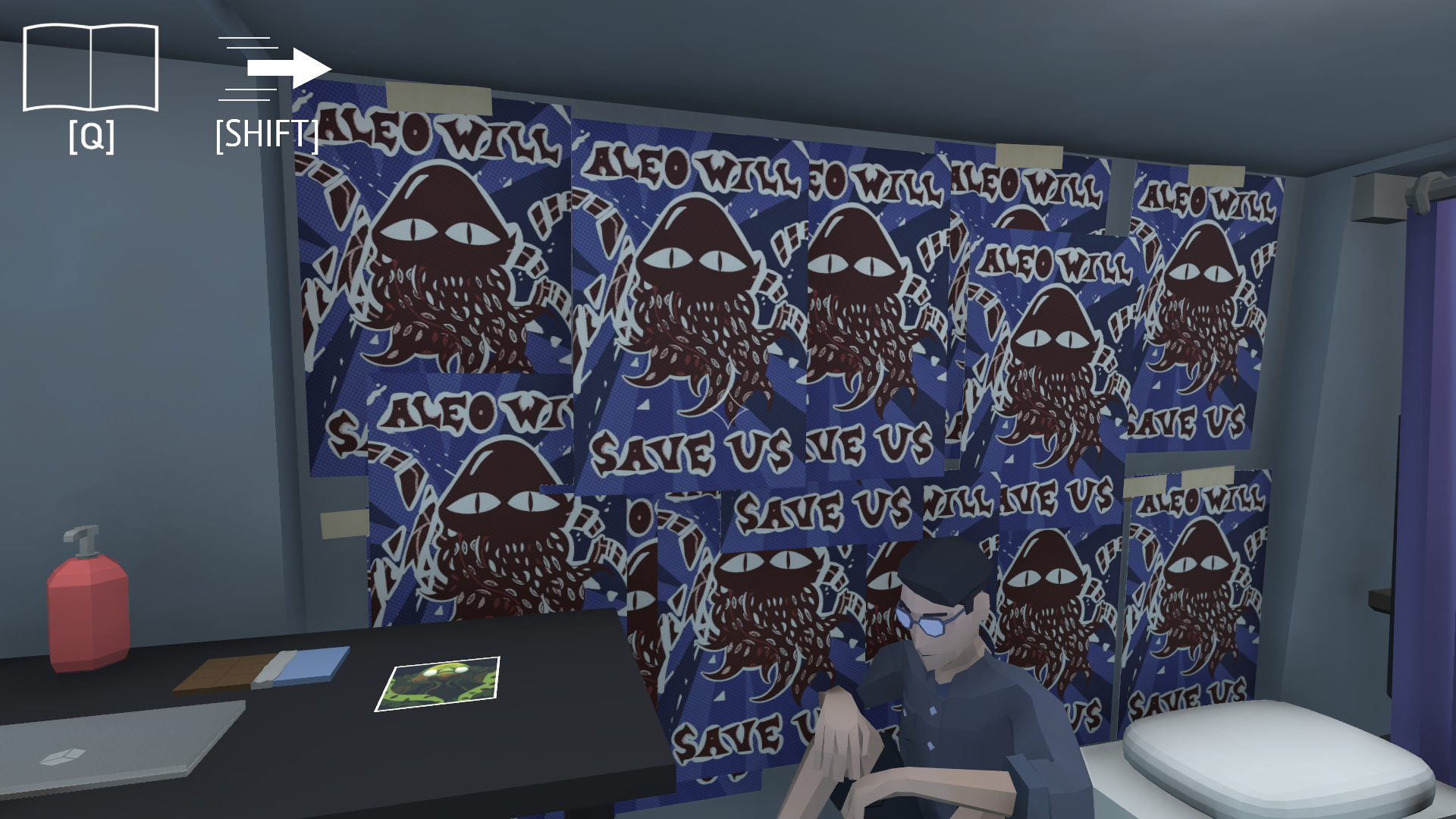
Anex's Scene
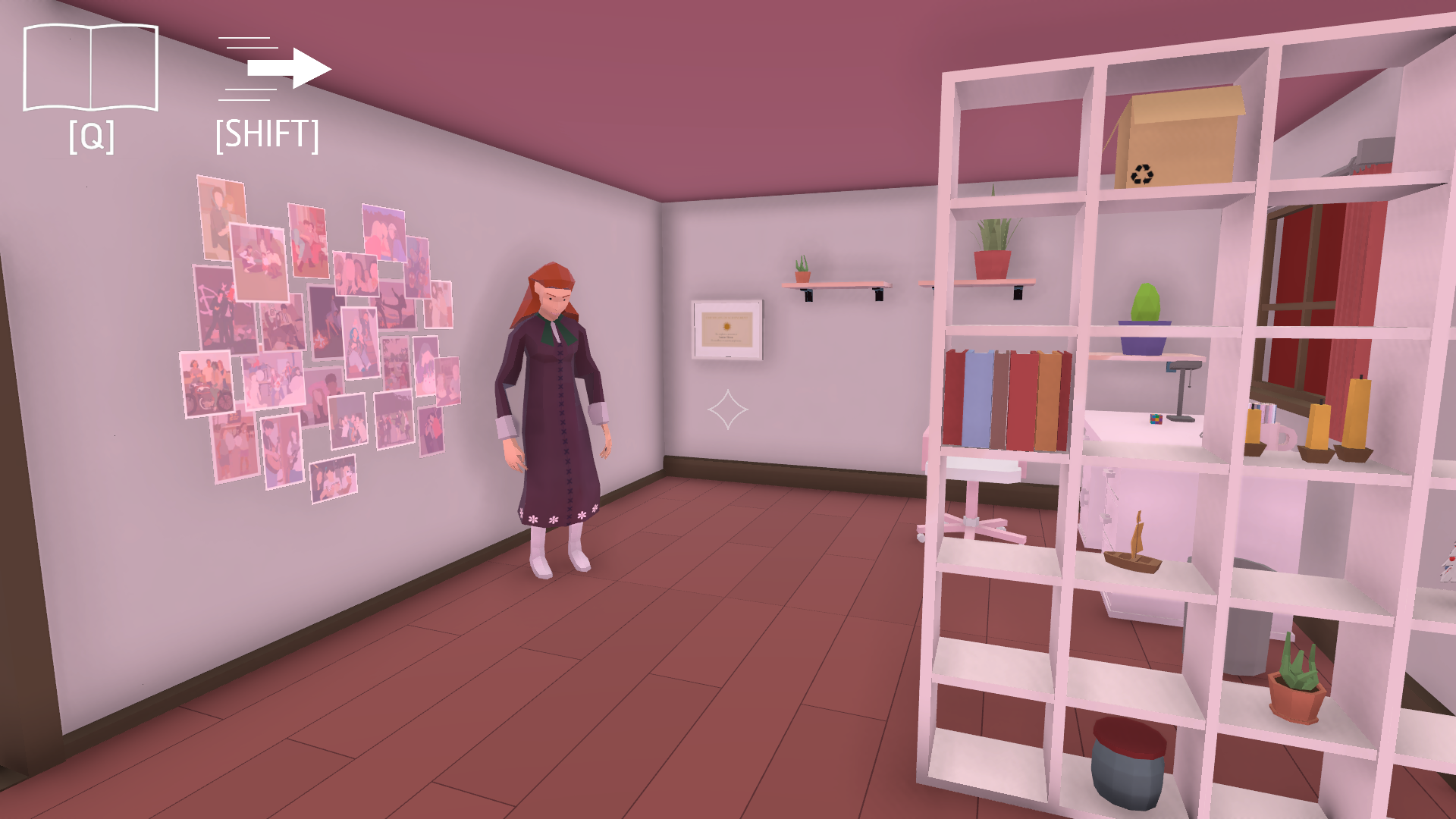
Parent's Home Scene
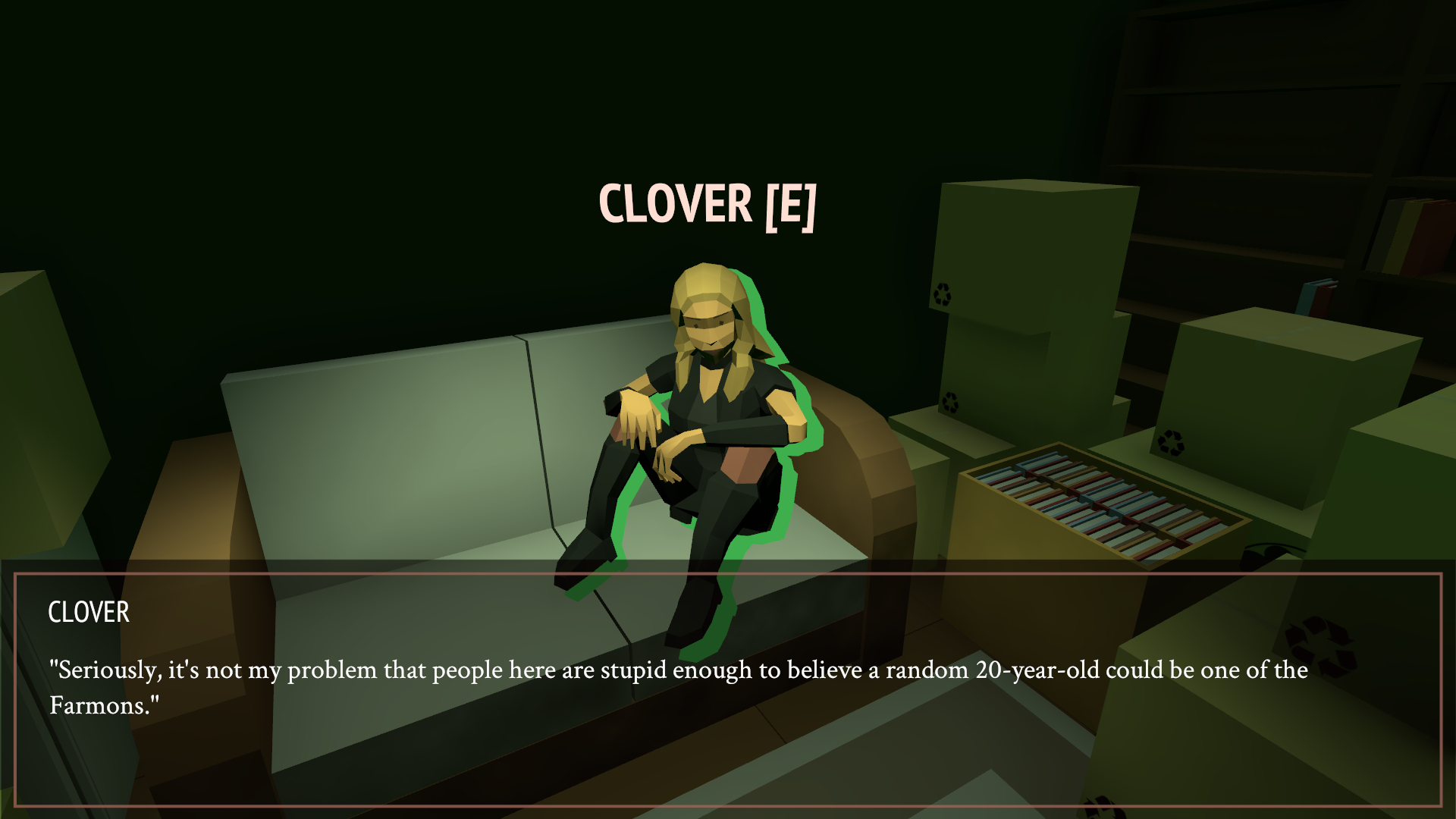
Clover's Scene
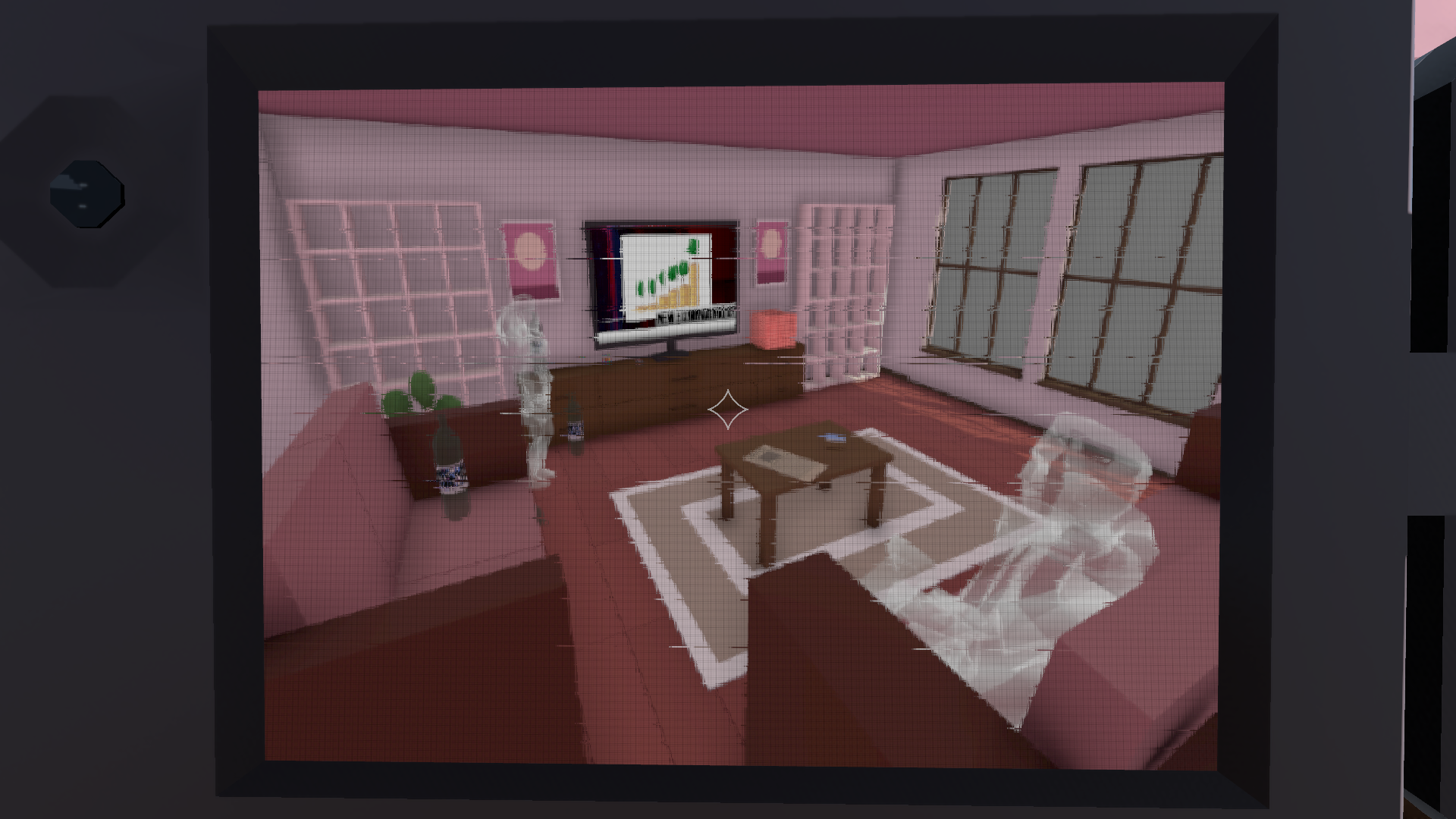
Inside of a Memory
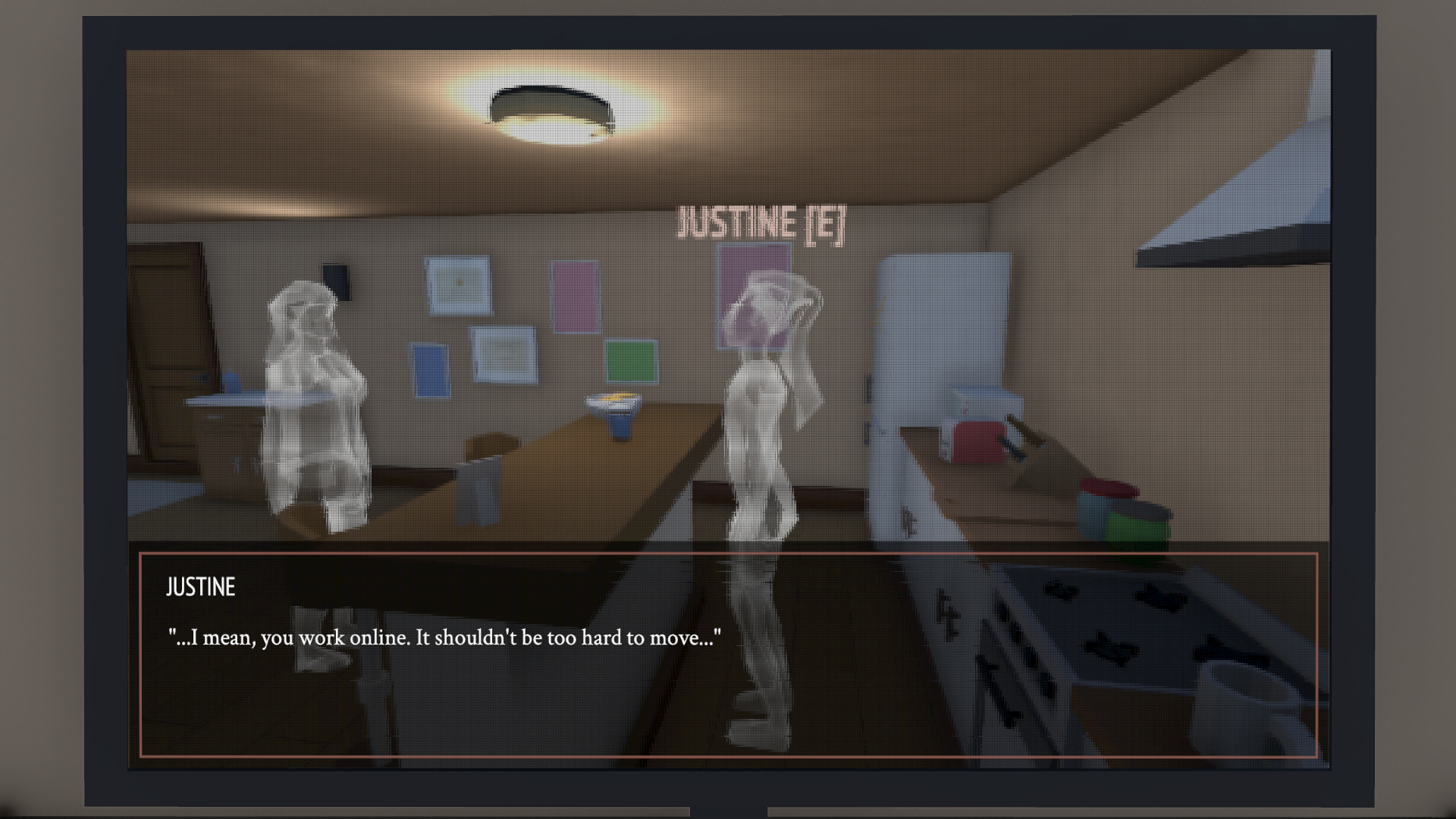
Inside of a Memory
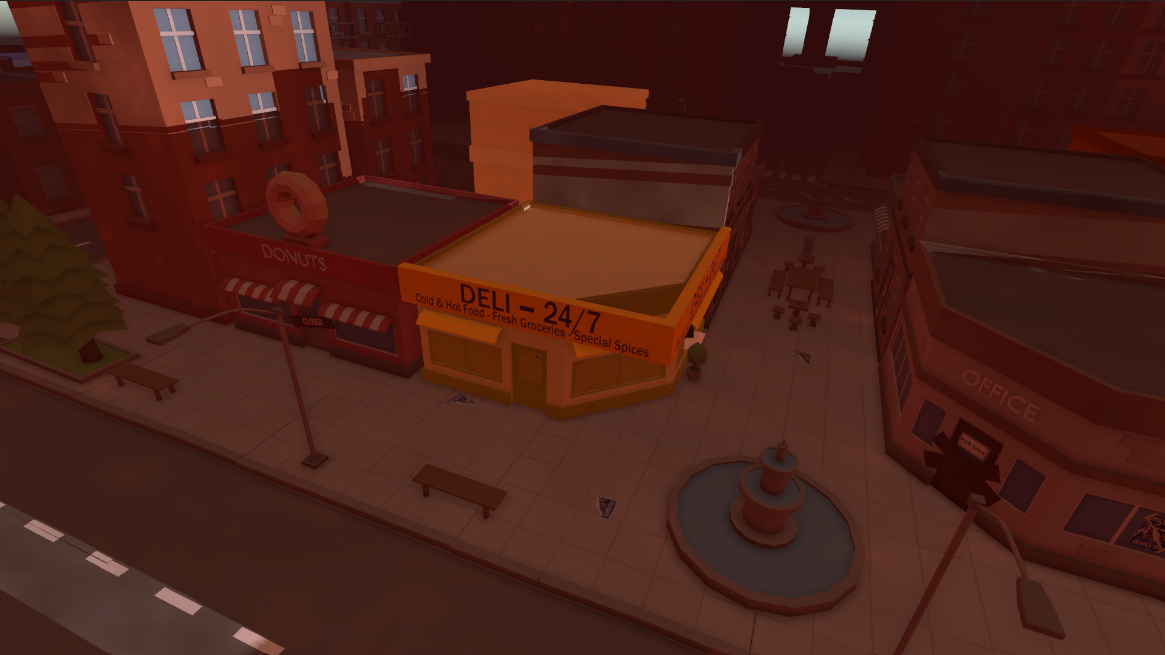
City Scene
The overall pipeline process was fairly independent as I was the only 3D artist, as well as a level designer, so most of the process involved getting an idea of what the narrative members wanted from the environment, creating models for important objects and using premade assets for others. Afterwards, each asset I made was reviewed and approved as a whole scene, seeing how it fit and it played the role it needed to well. I created a document to keep track of asset creation and which scene it should be in as well as allowing others to add assets as needed. And for the most part, I just had to focus on two to three points of interest for each model to ensure uniqueness for important scenes.
One of the main problems we ran into was how much performance the outdoor scene was costing, and we couldn't reduce its size because that part was tied to the narrative. One of the tasks I spent the most time on was batching and finding ways to optimize our use textures and models. I spent a lot of time with the profiler to get the scene up to a reasonable performance level.
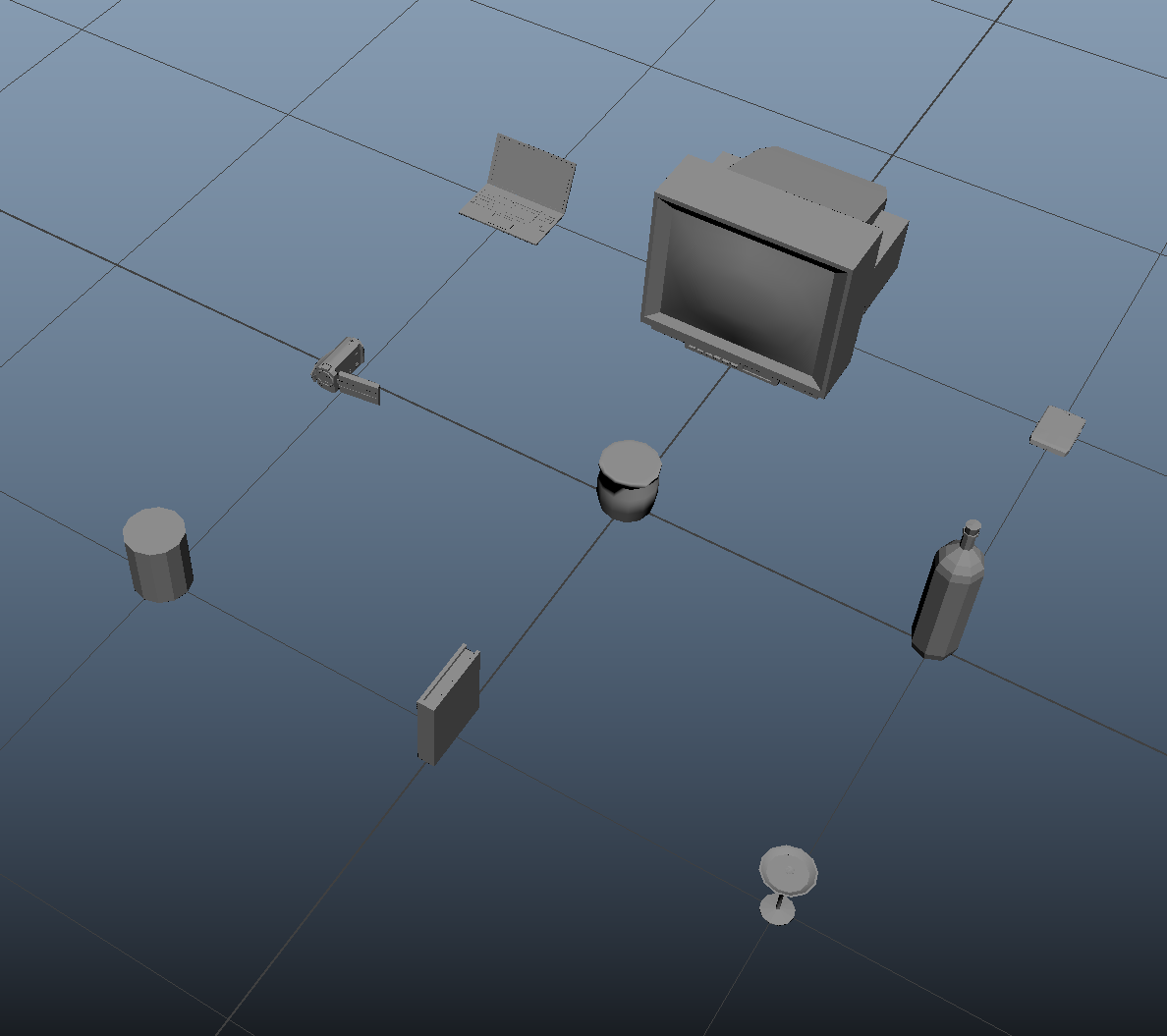
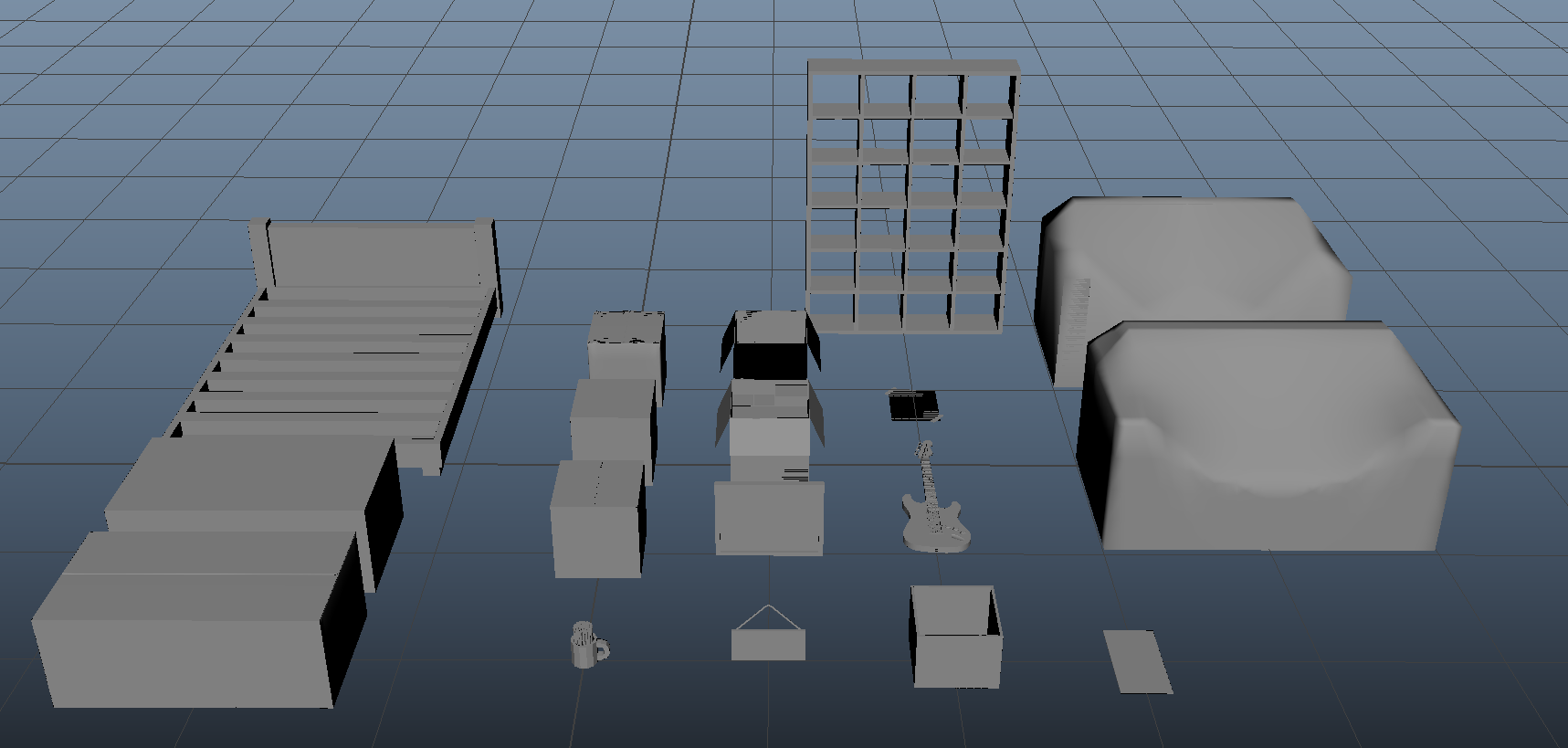
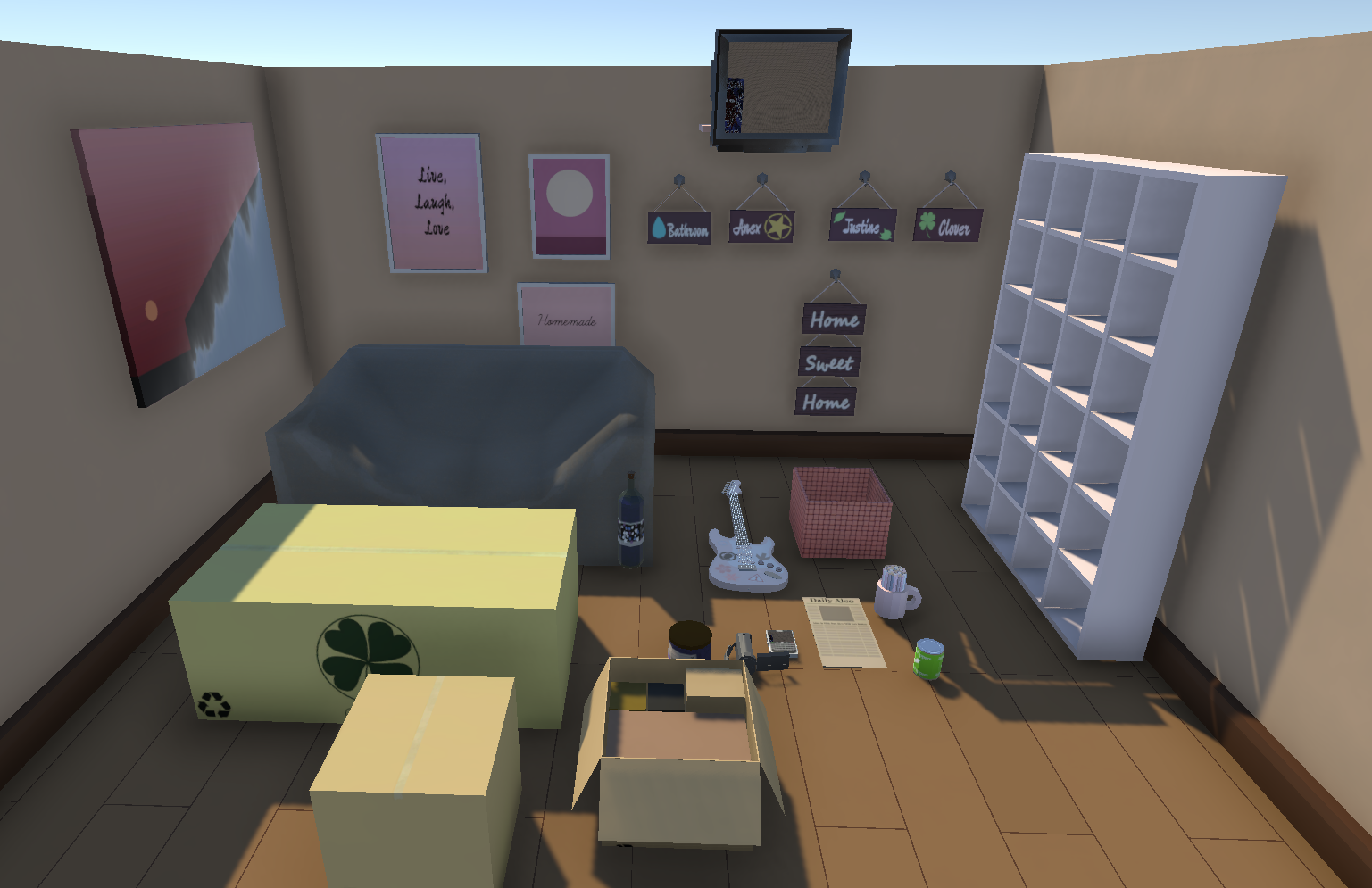
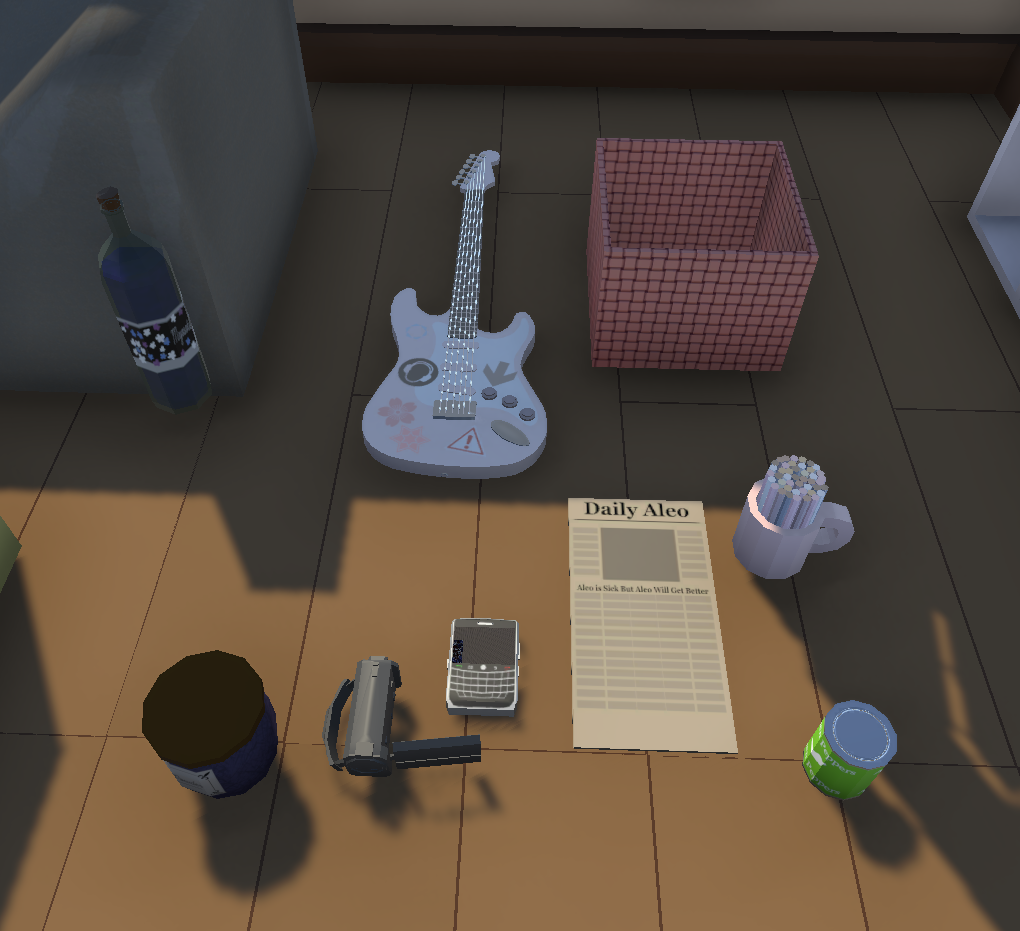
Lighting and to an extent staging, ended being the biggest factors I had to compromise on as I realized that Unity as an engine did not allow two different lighting set-ups to exist at the same time, meaning that while I wanted specific lighting for the physical world and memory, that couldn’t happen and it wasn’t possible to switch out the baked setting at runtime, meaning that I had make lighting that worked for everything that would appear in a scene at the same time. I ended up having to write a lot of color grading effects into the shaders but even then, it did not create the contrast I wanted between memories and the physical world.

